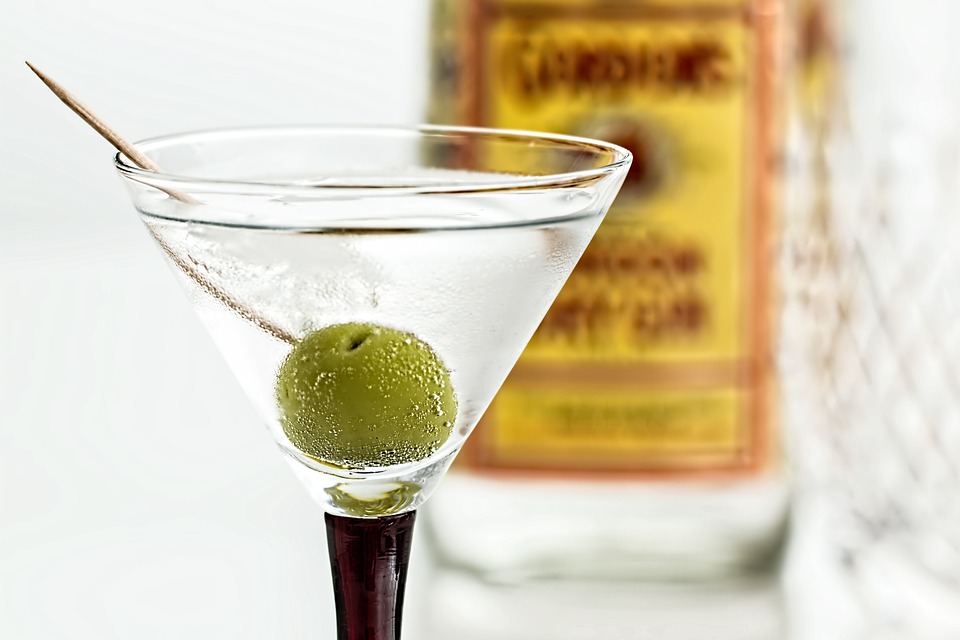When you hear the term alcohol patch, what do you think of? An imaginary place more adult than the Cabbage Patch? Wrong! A patch that slowly releases alcohol into your bloodstream? Getting warmer!
As Mike Hanlon describes it in New Atlas, the ONUSblue alcohol patch is a sensor that rests on a person's skin and monitors their blood alcohol level:
It is a disposable patch that turns darker shades of blue the more alcohol is consumed by the wearer, detecting blood alcohol levels by the residual substances excreted by the body in human sweat.
When the patch turns a certain shade, then the wearer is too drunk to drive legally. The sensitivity of the patch can be calibrated to the blood-alcohol levels allowed in different jurisdictions.
The purpose of the patch is to prevent drunk driving. Wearers can know when they have exceeded the allowable level of consumption, as can bar tenders who might have a legal obligation to not serve alcohol to people who are drunk.
One issue that immediately arises concerns the accuracy of the patch. How many false positives (sober people labelled as drunk) and false negatives (drunk people labelled as sober) are likely to occur? And, what is the ratio between them? Driving safety advocates would likely favor false positives whereas party-going wearers might favor false negatives.
Another issue is whether or not the patch is better than other solutions to this problem. Anh-Dung Le, the patch's inventor, argues that the patch is better than "blind trust", meaning a reliance on how drunk people, or their friends, think they are.
Perhaps, but the article does not offer any evidence for that claim.
A related issue is that, while the patch may indicate drunkenness for legal purposes, some people may be unfit to drive at even lower blood alcohol levels. For such people, using a patch rather than their own judgement may increase their risk of drunk driving. Is that a worthwhile trade-off?
Of course, there are possibilities for abuse. Imagine a party game where drinkers race each other to see who can turn their patch navy blue the fastest! If the patch became known for such activities, it would be hard for people to take it seriously, even if it were a good idea.
 (stevebp/Pixabay.com)
(stevebp/Pixabay.com)